Merbau vs Composite Decking: A Comprehensive Guide
Dive into a detailed analysis of Merbau wood and composite decking materials. Learn about their sustainability, longevity, and overall value for creating a stunning outdoor living area.
Merbau vs Composite Decking: A Comprehensive Guide
Eco-Footprint Comparison
When it comes to eco-friendly choices for your deck, both Merbau and composite decking materials have their unique advantages. Merbau, a tropical hardwood native to Southeast Asia and the Pacific Islands, is often lauded for its durability and natural beauty. However, it is essential to consider its environmental impact. Harvesting Merbau from the wild can lead to deforestation, which is harmful to local ecosystems and biodiversity. On the other hand, composite decking, made from recycled plastic and wood fibers, offers a more sustainable option. This material reduces waste by utilizing post-consumer plastics and reclaimed wood, thus lowering the demand for new timber. According to a study by the University of Salford, composite decking can reduce carbon emissions by up to 50% compared to traditional wood options (University of Salford, 2019).
Price Point Consideration
The cost factor plays a crucial role in choosing between Merbau and composite decking. Generally, Merbau is less expensive upfront than many composite materials, making it an attractive option for those on a budget. However, this initial savings might be offset by higher maintenance costs over time. Merbau requires regular sealing and staining to maintain its appearance and prevent rot, which adds to long-term expenses. Composite decking, while initially more expensive, often proves to be more economical in the long run due to its low-maintenance requirements. It does not require staining or sealing, and it resists moisture, fading, and insect damage, reducing the need for frequent repairs or replacements.
Aesthetic Appeal
Both Merbau and composite decking offer distinct aesthetic qualities. Merbau boasts a rich, warm tone with natural grain patterns that add a touch of elegance and luxury to any outdoor space. Its natural variation in color and texture ensures each board is unique, providing a personalized look. Composite decking, on the other hand, comes in a variety of colors and finishes, allowing homeowners to choose a style that best matches their preferences. Some high-quality composites even mimic the look of real wood, offering a seamless blend of aesthetics and functionality. For those seeking a low-maintenance option that still retains the charm of natural wood, composite decking is an excellent choice.
Practicality and Durability
In terms of practicality, both materials excel in different ways. Merbau is known for its exceptional strength and resistance to wear and tear, making it ideal for high-traffic areas. It can withstand extreme weather conditions and maintains its integrity over time. Composite decking, while not as strong as Merbau, offers superior resistance to moisture, fading, and insect damage. This makes it a suitable option for coastal areas or regions with high humidity. Additionally, composite decking’s slip-resistant properties make it safer for use around pools and in wet environments.
Conclusion
Choosing between Merbau and composite decking ultimately depends on individual needs and priorities. If sustainability and low maintenance are top concerns, composite decking provides a compelling solution. For those who value natural beauty and are willing to invest in regular upkeep, Merbau remains a timeless choice. By considering these factors, you can make an informed decision that aligns with your lifestyle and environmental values.
Reference
Baoding Plastroy WPC Products
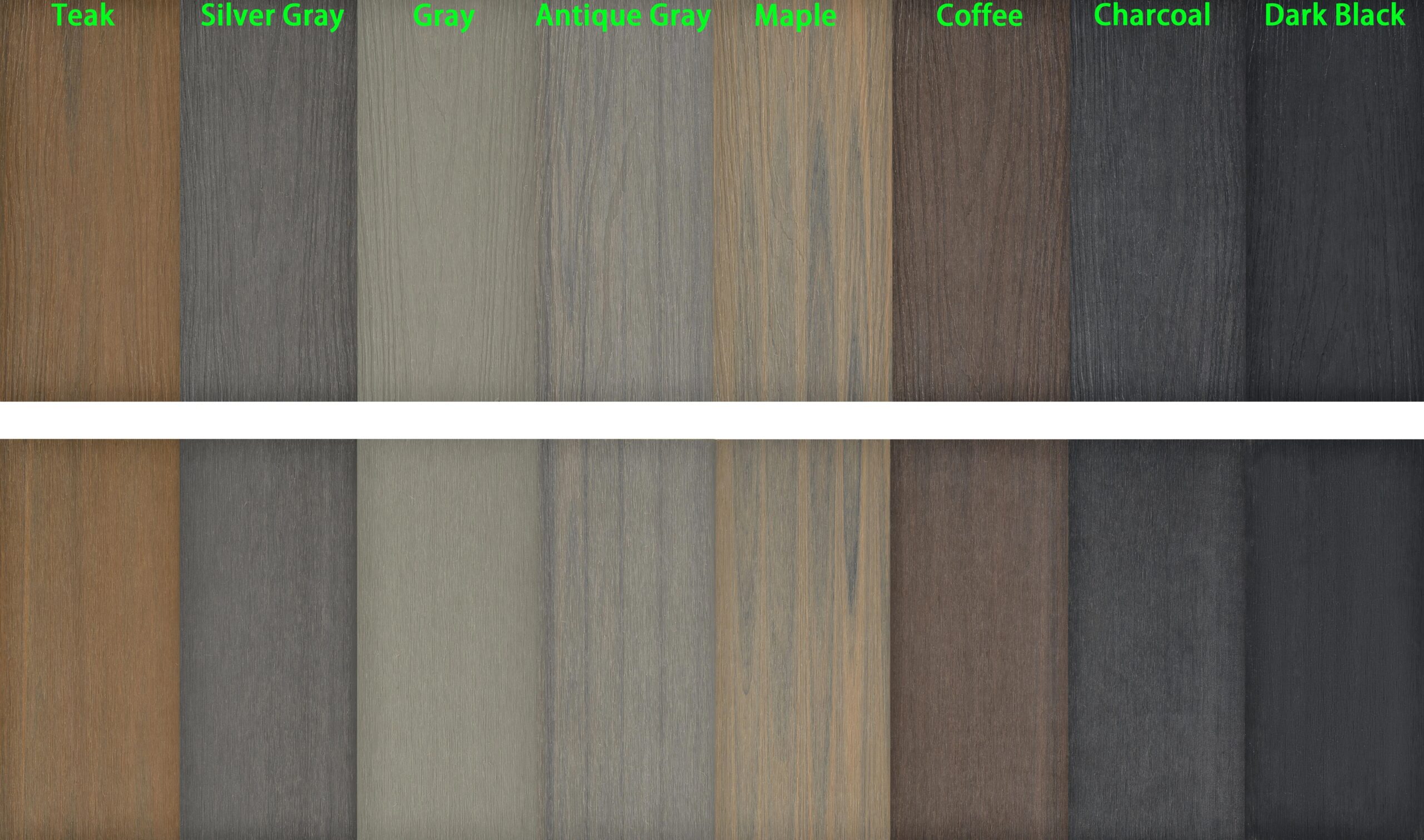
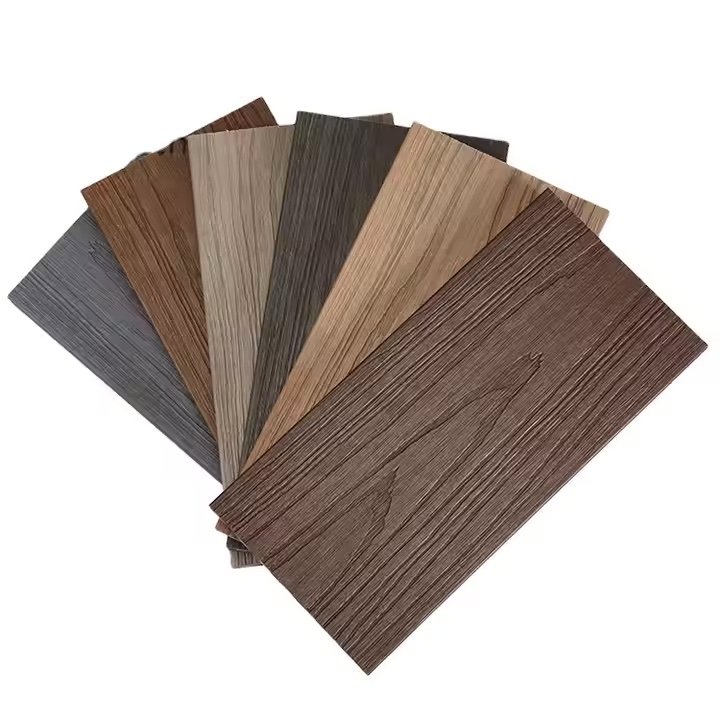
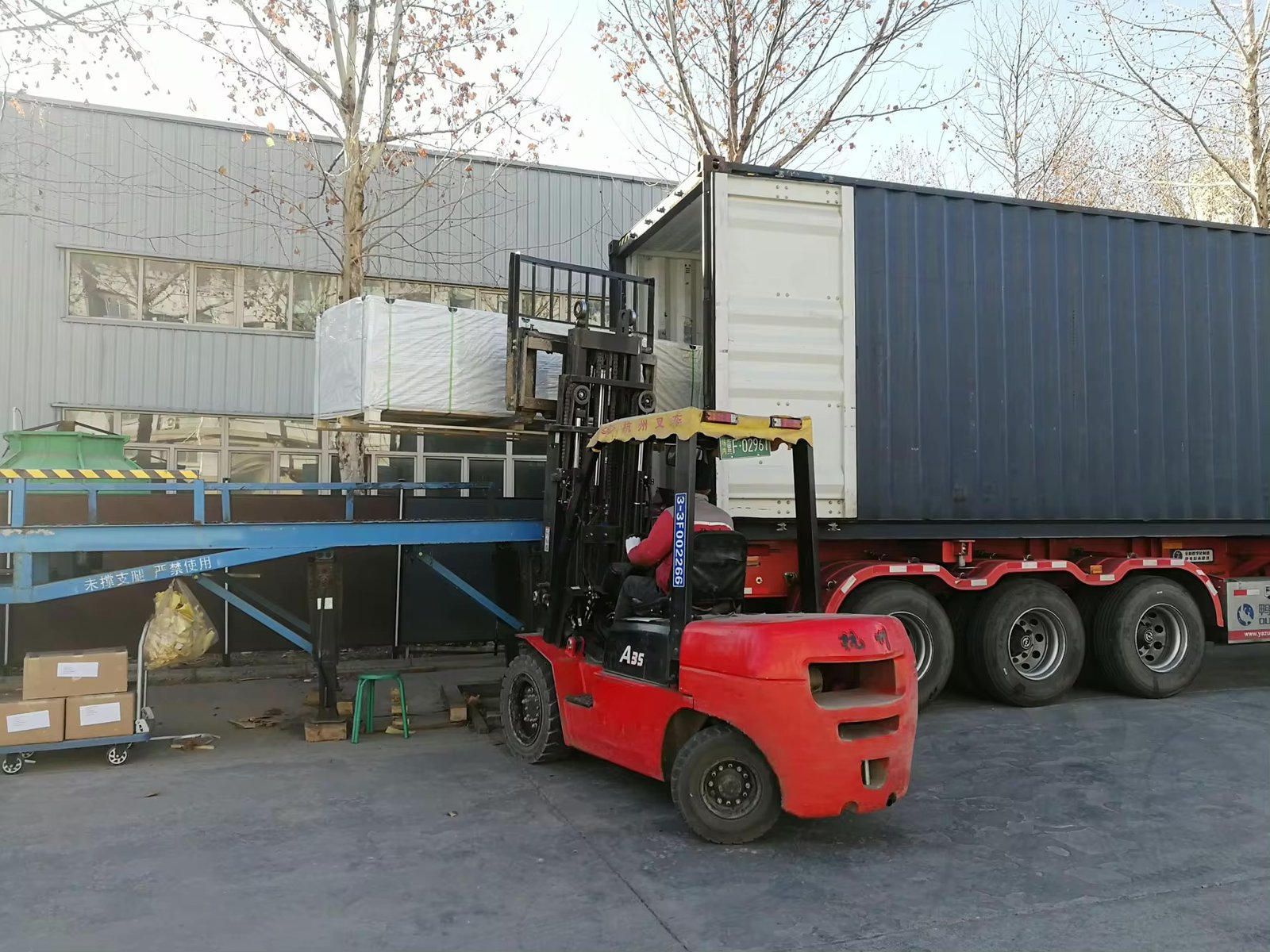
Why Choose Plastory?
Baoding Plastory New Materials Co., Ltd. is a manufacturer of decorative materials with over 9 years of experience and 56 separate production lines.
Currently, our annual production exceeds 30,000 tons, with products exported to more than 50 countries worldwide.
Plastory is the drafting unit of the WPC National Standards and has obtained certifications such as REACH, ASTM, CE, and FSC. Plastory is dedicated to maintaining consistent quality, focusing on details, and prioritizing customer satisfaction.
Our factory is located in Baoding, Hebei Province, China, with a prime location and convenient transportation access. Baoding is approximately a 1.5-hour drive from Beijing Capital International Airport and just 2 hours away from Tianjin Port, making it easy for global clients to visit and facilitating efficient shipping of goods. Our facility spans a large area, equipped with advanced production equipment and modern testing facilities to ensure that every batch of products meets the highest quality standards.
We warmly welcome clients from around the world to visit our factory, where you can see our production processes firsthand and experience our product quality. Please feel free to reach out to us—we are committed to providing you with the best products and services.
Kindly get in touch with us to request a product catalogue.


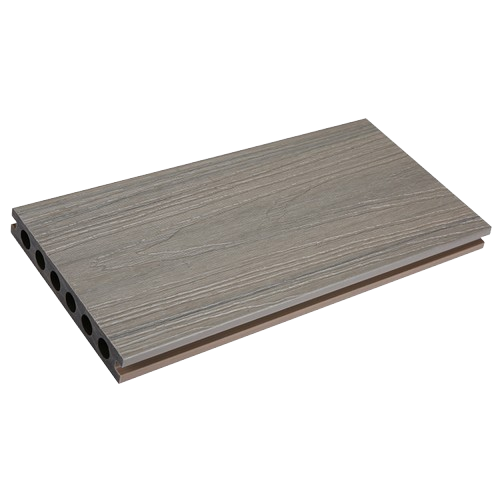
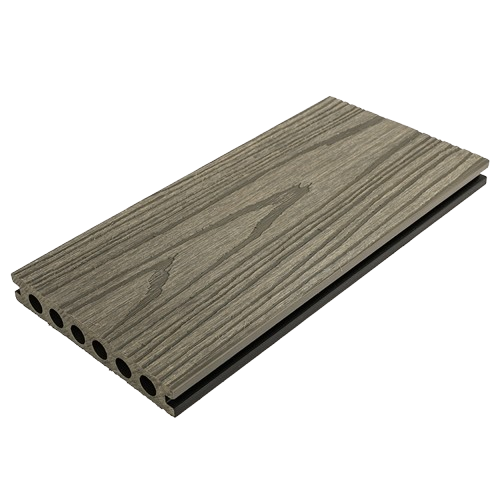
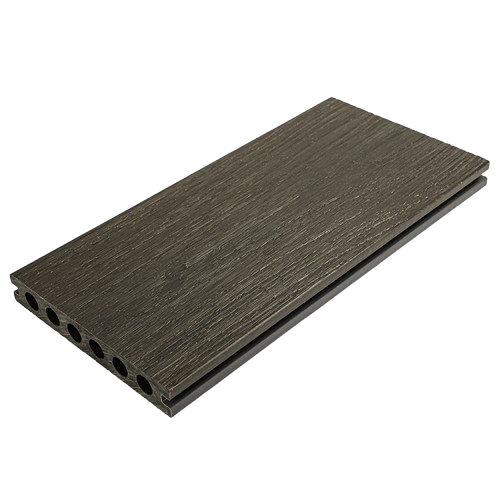
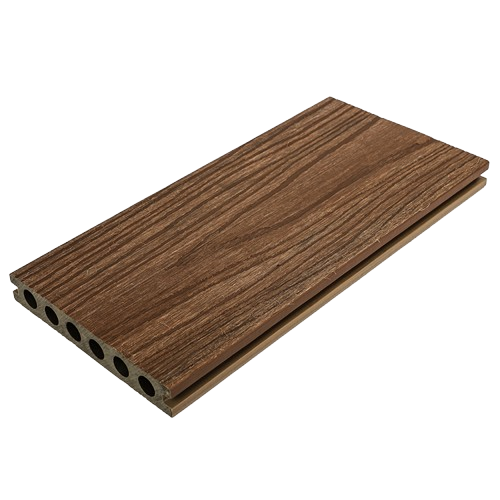
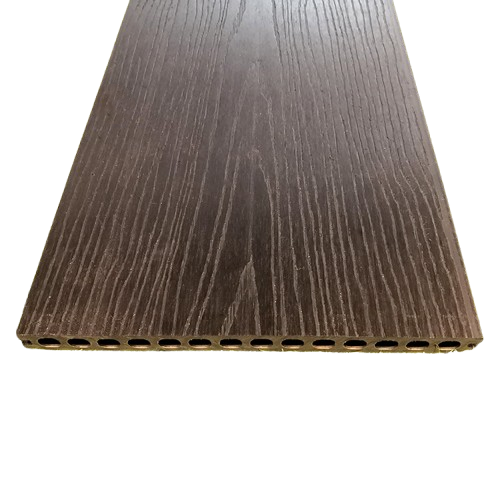

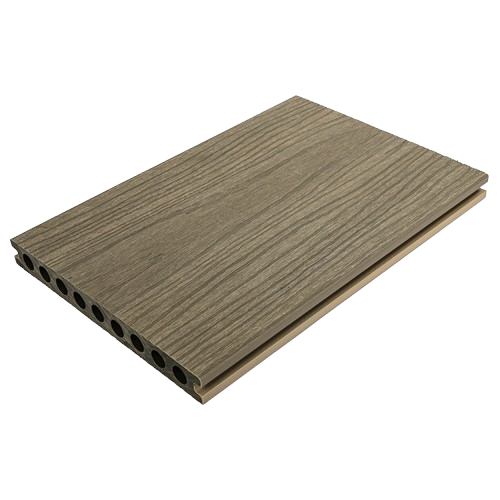

Reviews
There are no reviews yet.